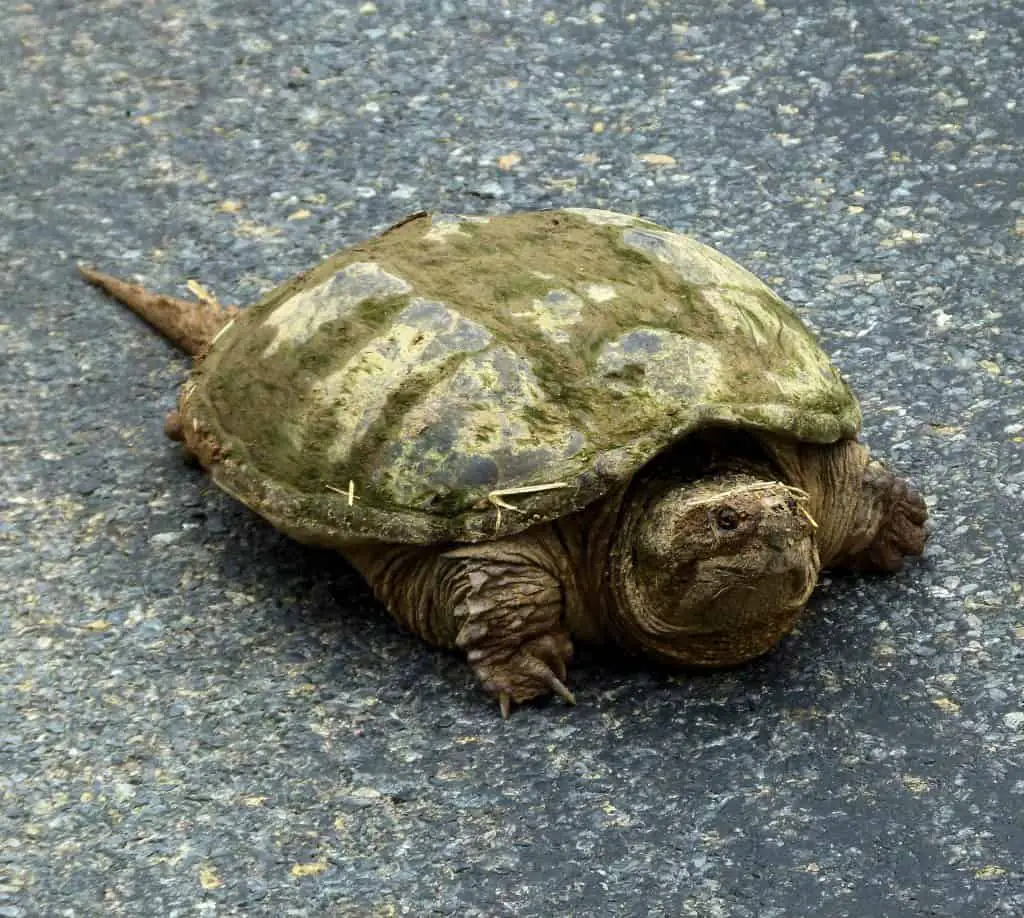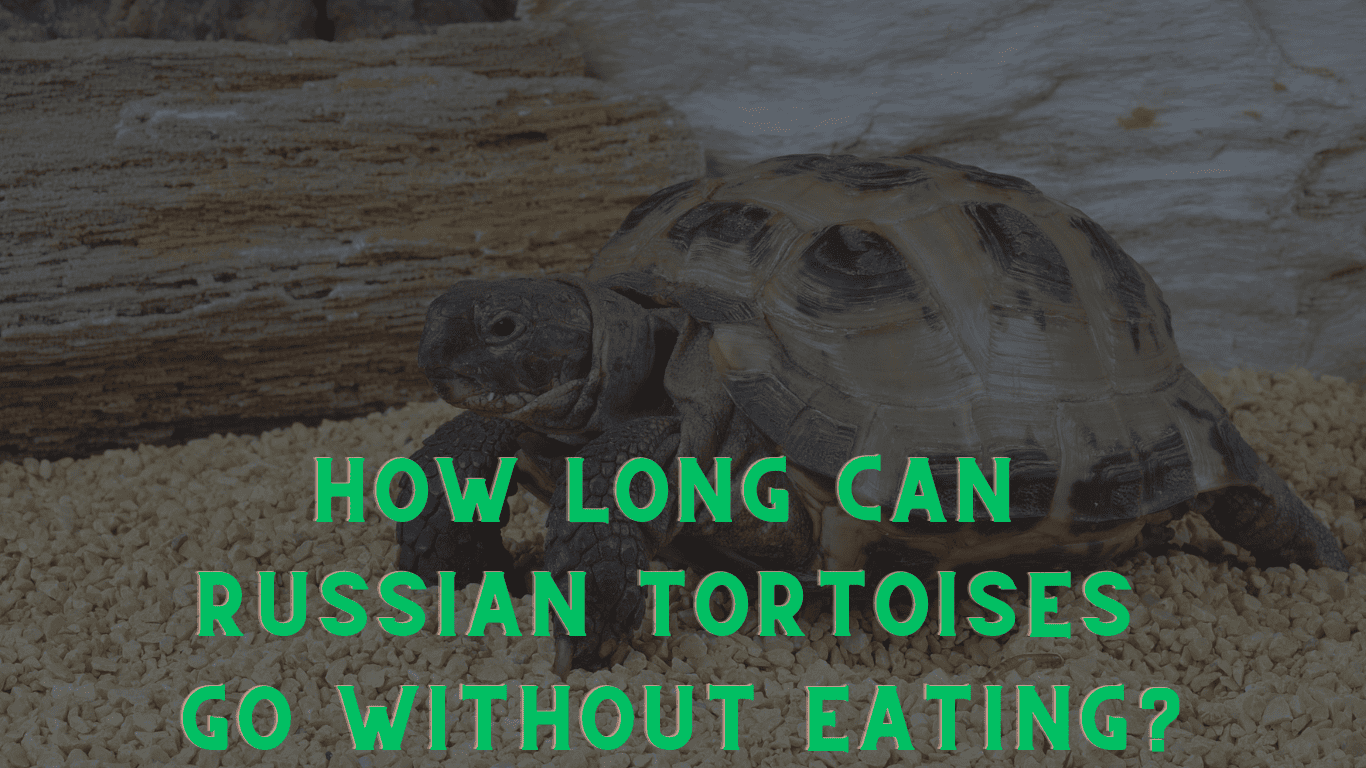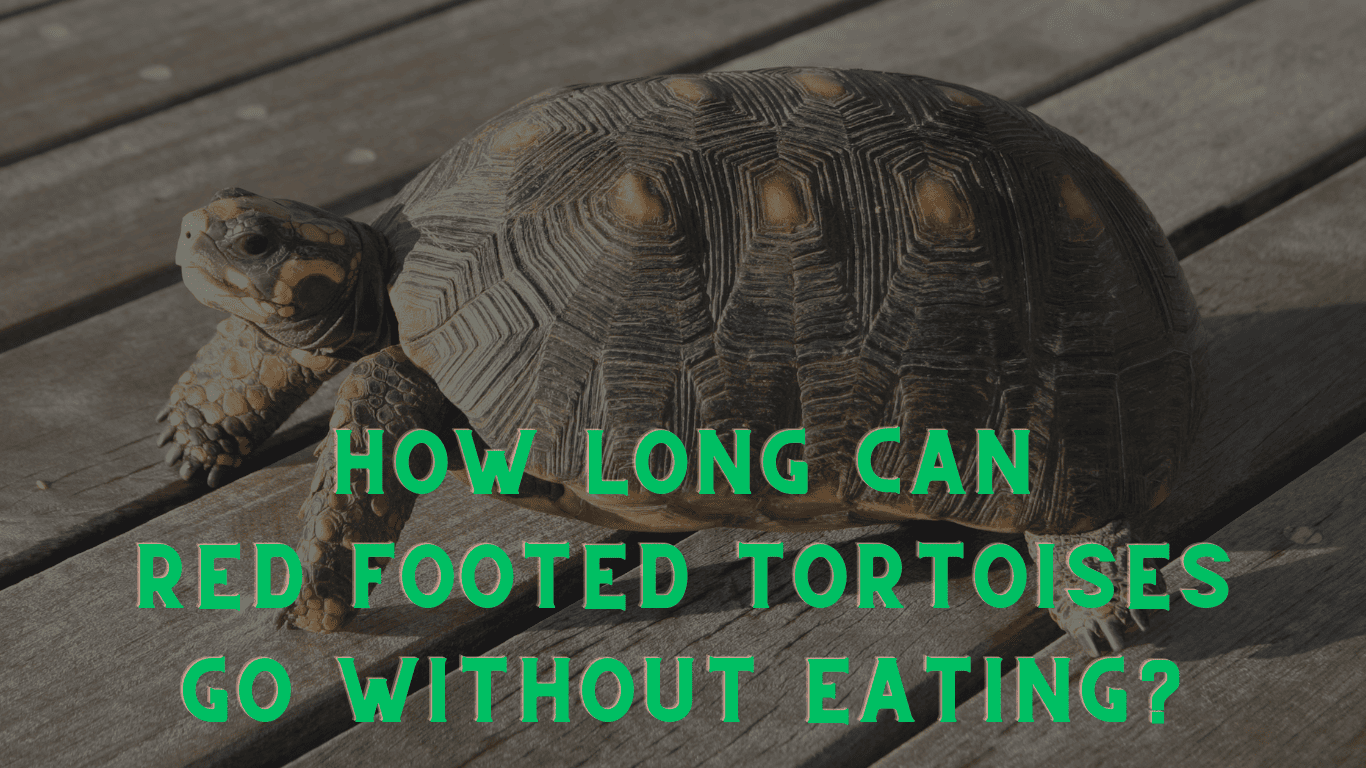Snapping turtles are fascinating creatures that have been around for millions of years. They can be found in many different parts of the world, and they’re often seen as a symbol of strength and resilience.
But how much do you really know about snapping turtles? In this article, we’ll explore everything from their reproduction cycles to interesting facts about them to health concerns surrounding these animals – all with an eye toward helping you understand more about the mysterious lives of snapping turtles. So come along on this journey into one of nature’s most captivating wonders!
Overview of Snapping Turtles
Snapping turtles are large, freshwater turtles that have distinctively long neck and tail. They can be found in North America and parts of Central America. The average size of an adult snapping turtle is between 8-14 inches in length with the males being larger than the females. Their shells range from dark brown to black in color, while their skin may be olive green or greyish-brown with yellow stripes on its head and limbs.

Physical Characteristics
Snapping turtles have a large, flat carapace (shell) that can reach up to 18 inches in length for males and 12 inches for females. They also possess powerful jaws that are capable of delivering a painful bite if provoked. Other physical characteristics include webbed feet used for swimming, sharp claws used for digging, and strong tails used as defense mechanisms against predators such as raccoons or foxes.
Habitat and Range
Snapping turtles inhabit slow-moving rivers, streams, ponds, lakes, and marshes throughout much of North America including Canada down through Mexico into Guatemala where they live most of their lives submerged underwater except when basking on logs or rocks near shorelines during warm weather months.
In some areas, they may even migrate seasonally to find food sources or mates during the breeding season which usually takes place between April – June depending on the location within their range.
Diet and Nutrition
Common snapping turtles are omnivores, meaning they consume both plant and animal matter. They are active hunters that prey on anything they can swallow, including many invertebrates such as insects, crustaceans, mollusks and worms.
Fish make up a large portion of their diet, along with frogs, reptiles (including snakes and smaller turtles), unwary birds and small mammals.
Snapping turtles also feed on aquatic vegetation like algae or water plants when available. They may even scavenge carrion from the bottom of the pond or lake in which they live if other food sources become scarce.
In addition to their varied diet of meat and vegetation in the wild, captive common snapping turtles can be fed commercial turtle diets made specifically for them as well as earthworms, crickets or mealworms; lean beef heart; fish fillets; shrimp; cooked chicken breast without skin or bones; fresh vegetables like carrots and squash; fruits such as applesauce or melon slices; boiled eggs without shells; canned tuna packed in water only (not oil); snails found around ponds or lakeside areas where these creatures live naturally.
Turtles should not be overfed because it can lead to obesity-related health problems such as shell deformities due to excess weight bearing down on the soft underbelly area of the turtle’s body causing an unnatural shape to form over time.
Feeding your pet turtle too much will also cause an increase in waste products that need to be filtered out by any tank filtration system you have set up for your pet’s home environment – leading to more frequent filter changes needed than normal.
Reproduction and Lifecycle of Snapping Turtles
Mating Habits: Snapping turtles mate in the spring and summer months. Males will search for females to court, often making loud noises or swimming around them aggressively. Females may reject a male’s advances multiple times before finally accepting him as her mate. During mating, the female turtle will remain still while the male wraps his body around hers and deposits sperm into her cloaca.
Nesting and Egg Laying: After mating, female snapping turtles will look for an appropriate nesting site on land that is close to water sources such as ponds or lakes. They typically prefer sandy areas with plenty of vegetation cover so they can stay hidden from predators while laying their eggs. The female turtle digs a shallow hole in which she lays between 10-50 leathery eggs before covering them up with soil again and leaving them to incubate naturally over several weeks until hatching time arrives.
Hatchlings usually spend their first few years living in small bodies of water where food is plentiful and predators are scarce until they reach maturity at around five years old. At this point, they move out into larger habitats such as rivers or lakes, which is where adults reside.
Interactions with Humans
Hunting and Consumption of Snapping Turtles: Hunting snapping turtles for food or sport has been a practice since ancient times. In some areas, hunting is still allowed in a season with proper licensing. The meat from the turtle can be used for soup, stew, and other dishes. Turtle eggs are also harvested as a delicacy in many cultures around the world.
Conservation Efforts for Snapping Turtles: Conservation efforts have been underway to protect this species from extinction due to habitat destruction and over-harvesting by humans. Some states have laws that limit the number of turtles that can be taken each year, while others have made it illegal to hunt them at all. Additionally, conservation organizations such as the World Wildlife Fund (WWF) are working to create protected habitats where these animals can live without fear of being hunted or disturbed by humans.
It is important to note that they should never be released into the wild after being kept in captivity, as they may carry diseases that could spread among native populations if released into their natural environment. Therefore, proper care must be taken when keeping snapping turtles as pets.
Interesting Facts About Snapping Turtles
Their strong shells and powerful jaws make them formidable predators, while their ability to hibernate during winter months helps them conserve energy when food is scarce.
Adaptations to Survive in the Wilds: Snapping turtles have evolved a number of adaptations that help them thrive in their natural environment. They possess a thick shell that acts as armor against potential predators, and they also have long necks which allow them to reach out and grab prey from a distance. Additionally, snapping turtles can remain submerged underwater for extended periods of time due to their efficient respiratory system.
Unique Behaviors of Snapping Turtles: Snapping turtles exhibit some interesting behaviors that set them apart from other species of turtles. For example, they are known for burying themselves in mud or sand at the bottom of ponds or lakes during cold weather months so they can stay warm and conserve energy until spring arrives again. They also tend to be solitary animals who prefer living alone rather than forming social groups with other members of their species like many other reptiles do.
Unfortunately, snapping turtles face several threats due to human activities such as pollution and habitat destruction caused by development projects or agricultural practices like deforestation or draining wetlands where these animals live naturally.
In addition, hunting has been an issue for this species since its meat is considered a delicacy by some cultures around the world; however, conservation efforts are being made on both local and international levels in order to protect these animals from further harm or extinction.
Key Takeaway:
Snapping turtles are unique and fascinating creatures that have adapted to survive in the wilds. They possess a thick shell, long necks, and an efficient respiratory system which helps them hunt prey and hibernate during winter months.
Unfortunately, they face threats from human activities such as pollution, habitat destruction, and hunting; however conservation efforts are being made to protect these animals from further harm or extinction.
Health Concerns for Snapping Turtles
Common Diseases in Snapping Turtles: Shell rot is a common disease among captive snapping turtles. It is caused by bacteria that feed on the keratin of the turtle’s shell, resulting in lesions and discoloration. Respiratory infections are also common due to improper environmental conditions such as too much humidity or not enough ventilation. These can be treated with antibiotics if caught early enough.
Signs of Illness in Wild Snapping Turtles: In wild snapping turtles, signs of illness may include lethargy, loss of appetite, difficulty breathing or swimming, and changes in behavior such as aggression or hiding more than usual. If you observe any of these symptoms it is important to contact your local wildlife rehabilitation center for help and advice on how to best care for the animal.
Lastly, do not handle your pet too often as this can stress them out which could lead to health problems down the line. Regular vet check-ups are recommended at least once a year in order to ensure that any potential illnesses or issues are caught early and treated appropriately.
FAQs
How harmful are snapping turtles?
Snapping turtles can be dangerous if handled incorrectly. They have powerful jaws and a long neck that allows them to reach out and bite when they feel threatened. It is important to keep your hands away from their head, as they may mistake it for food or prey.
When handling a snapping turtle, use thick gloves or towels to protect yourself from its sharp claws and teeth. If bitten, seek medical attention immediately as the bite can cause serious infection due to bacteria in the turtle’s mouth. With proper care and respect for these animals, however, snapping turtles are not overly harmful creatures.
Do snapping turtles bites hurt?
Yes, snapping turtles can bite and it does hurt. The strength of the bite depends on the size of the turtle, but even small snapping turtles have powerful jaws that can cause a lot of pain. They also have sharp beaks that they use to tear their prey apart, so if you get bitten by one it will definitely sting.
In some cases, bites from larger snapping turtles may require medical attention due to potential infection or tissue damage. It is best to avoid handling any wild animals and especially large ones like snapping turtles as they can become aggressive when provoked or threatened.
Do snapping turtles bite humans?
Yes, snapping turtles can bite humans. They have powerful jaws and sharp beaks that are capable of delivering a painful bite. Snapping turtles may become aggressive if they feel threatened or disturbed, so it is important to exercise caution when handling them.
It is also important to remember that all wild animals should be respected and given their space; never attempt to handle a wild turtle without the proper training and safety precautions in place.
What happens if you touch a snapping turtle?
Touching a snapping turtle can be dangerous. Snapping turtles have powerful jaws and sharp beaks that they use to defend themselves when threatened. They may bite if they feel threatened or startled, so it is best to keep your distance from them.
If you do get bitten, the wound could become infected due to bacteria in their mouths, so seek medical attention immediately. It is also important to remember that these animals are protected by law in many areas and should not be disturbed or handled without proper permits.
Final Word
In conclusion, snapping turtles are fascinating creatures that have a unique lifecycle and interactions with humans. They can be found in many parts of the world and make for interesting pets if properly cared for. It is important to understand their health concerns when keeping them as pets or interacting with them in the wild. Snapping turtles are amazing animals that deserve our respect and admiration!
We need to take action now and protect our snapping turtles! We must reduce pollution, create more habitats for them, monitor their populations, and educate people on the importance of preserving these incredible creatures.
By taking these steps we can ensure that future generations will be able to appreciate this majestic species as much as we do today. Together let’s make sure that snapping turtles are around for years to come!




Leave a Reply